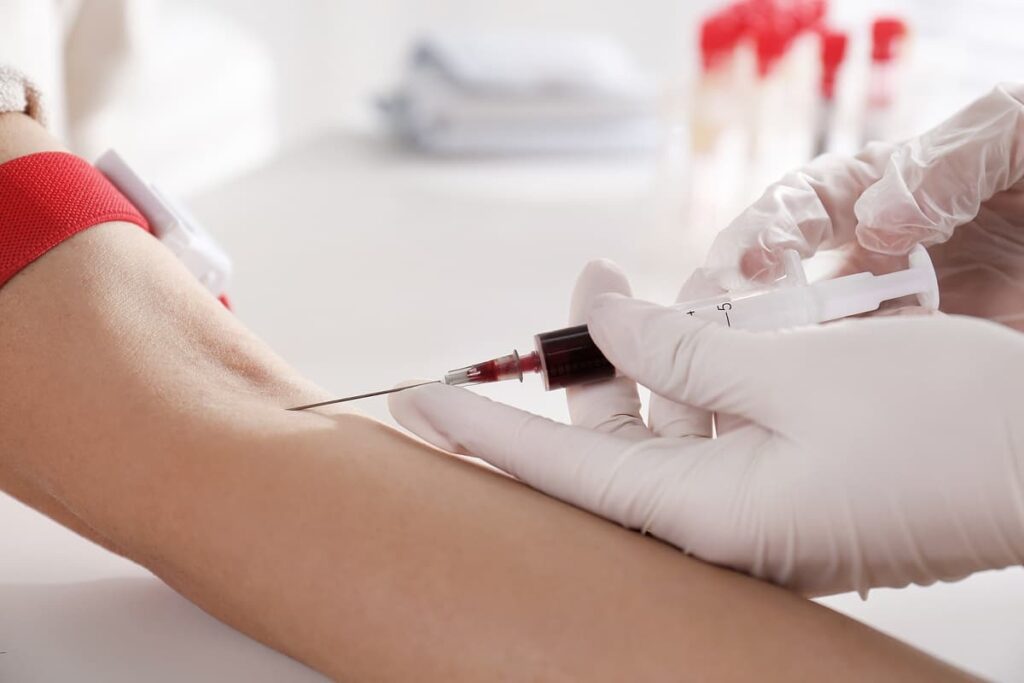Given today’s investor has such high expectations of growth it seems prudent to wait until after an earnings announcement before purchasing a stock. Likewise, checking in with a company right before earnings allows us to take an inventory of what’s happening prior to all the price action noise that typically takes place around earnings announcements. Look no further than this gem of wisdom from Zacks Equity Research regarding Guardant’s (GH) earnings release tomorrow:
The stock might move higher if these key numbers top expectations in the upcoming earnings report, which is expected to be released on May 5. On the other hand, if they miss, the stock may move lower.
Zacks Equity Research
“The stock could fall, or it could rise” advice is the sort of value provided by pundits who focus on short-term price movements as opposed to the overall health of a company. Given Guardant is having an earnings call tomorrow (May 5th) after market close, and the stock price fell 12% yesterday (May 3rd), our vision is already being clouded and the news hasn’t even broken yet. Since it’s been a while since we wrote about this Liquid Biopsy Stock That’s Going Places, we’re going to focus on how things went for the company in 2021 by perusing their latest 10-K filing.
Checking in With Guardant Health Stock
In evaluatin






